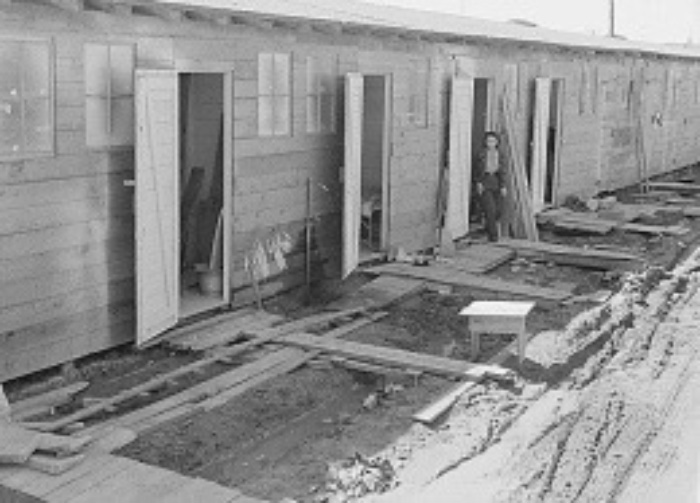Asian American Hawaiian Native and Pacific Islander Heritage Month (AAHNPI) celebrates and recognizes the contributions and achievements of Asian Americans and Pacific Islanders to American history, culture, and society. It is a time for individuals and communities to honor the diverse experiences and cultures of AAHNPI individuals, as well as to raise awareness of issues affecting the AAPI community.
At Hyve we strive to highlight rich history of the AAHNPI community through cultural events, educational activities, and DEI programs. We hope to promote greater understanding, appreciation, and respect for our AAHNPI team members, and hope this month serves as a reminder of the importance of diversity and inclusion in society.
HIGHLIGHTING ASIAN AMERICAN STORIES AT HYVEHonoring the Japanese American Experience
Watch a Discussion on the Internment of Japanese Americans
during World War II with Ruth Ichinaga
The internment of Japanese Americans during World War II was a dark chapter in American history. We believe sharing these stories is essential to honoring the resilience of those who experienced such events, while bringing cultural awareness, education, and social justice.
Forced to leave her home, and possessions as a child, Mrs. Ruth Ichinaga, mother of Hyve’s President Steve Ichinaga, recently shared her story of the harsh living conditions, discrimination and mistreatment she experienced during her time in a Utah internment camp.
Read more about the camp in Utah where Mrs. Ichinaga spent
time in internment by visiting the Topaz Museum
Margaret Koide Kusaba, sister of Ruth Ichinaga, was a trailblazer at the University of California, Berkeley, of as a Japanese American woman studying during the great depression. Mrs. Kusaba struggled against prejudice in an effort to build a better life not only for herself, but for future generations.
Read some of her story, and others, highlighting students from the 1930s to the 1950s HERE
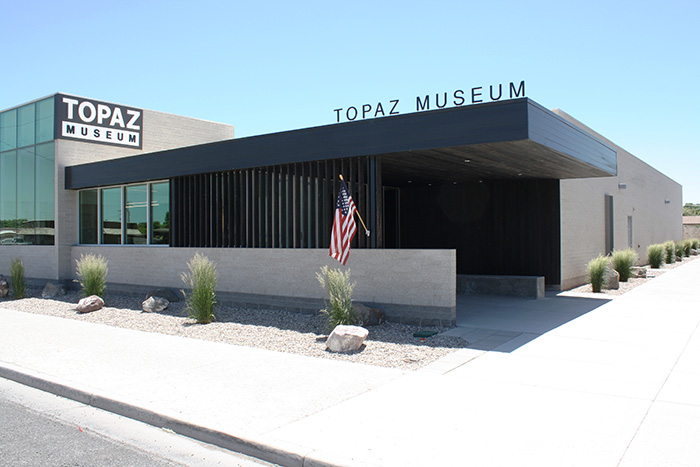
JAPANESE INTERNMENT DURING WWII
EXECUTIVE ORDER 9066
Executive Order 9066 was a presidential order signed by US President Franklin D. Roosevelt on February 19, 1942, during World War II. The order authorized the forced relocation and internment of approximately 120,000 Japanese Americans living on the West Coast of the United States, as well as some Italian and German Americans. The internment was justified under the premise of national security concerns, as many Americans feared that Japanese Americans might act as saboteurs or spies for Japan.
The order was widely criticized at the time and has since been recognized as a serious violation of civil liberties and human rights. In 1988, the United States Congress passed the Civil Liberties Act, which formally apologized for the internment and provided reparations to surviving Japanese American internees.
JAPANESE INTERNMENT CAMPS AND IMMIGRATION CAMPS
Prior to the completion of internment camps, many evacuees were held in temporary centers such as racetracks. The majority of those interned were NISEI, or Japanese Americans born in the United States, including veterans of World War I. The ten completed camps were located in remote areas of seven western states, consisting mainly of tarpaper barracks for housing. Families ate together in communal mess halls, children attended school, and adults had the option to work for $5 per day to make the camps self-sufficient by farming, which was difficult due to the arid soil.
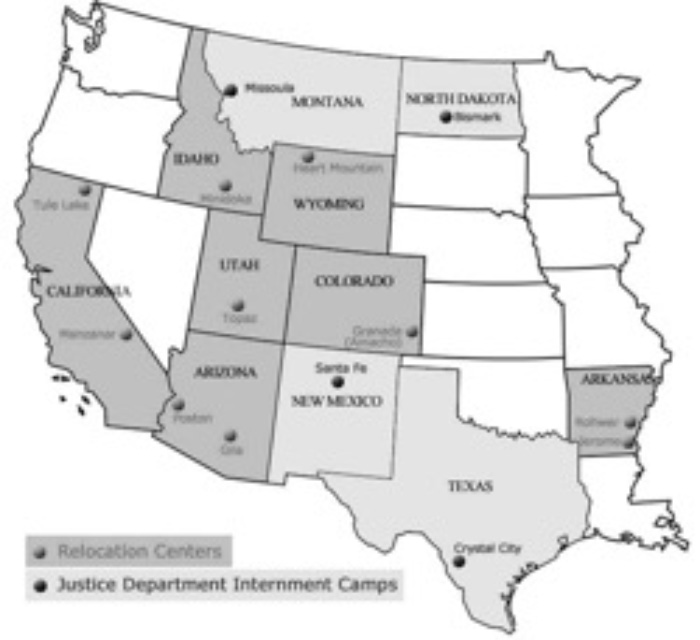
The Crane has become a symbol of hope and healing in the Japanese American community since their experience during World War II. Mrs. Ichinaga shares that her community makes beautiful cranes to share with other who are struggling through similar circumstances to bring hope and luck to those facing civil injustice.
ASIAN AMERICAN AUTHOR SPOTLIGHT
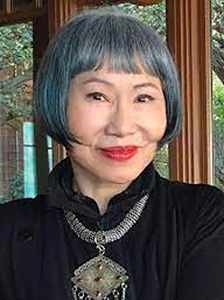
AMY TAN
Chinese American author and novelist, born on Feb. 19, 1952, Oakland, CA
Her parents were Chinese immigrants, and she grew up in a bilingual and bicultural household, which greatly influenced her writing. She attended San Jose State University and the University of California, Santa Cruz, where she earned a degree in English and Linguistics.
Tan is best known for her novel “The Joy Luck Club,” which was published in 1989 and became a bestseller. The book explores the relationships between Chinese immigrant mothers and their American-born daughters, and it has been widely praised for its insights into the immigrant experience and the complexities of mother-daughter relationships. The novel was later adapted into a feature film in 1993.
Tan has also written several other novels, including “The Kitchen God’s Wife,” “The Hundred Secret Senses,” and “The Bonesetter’s Daughter.” Her writing often deals with themes of identity, family, and the immigrant experience, and her work has been translated into over 35 languages.
HYVE’S FIRST BOOK CLUB & FILM DISCUSSION
Join us for our first book club and movie discussion on May 24th featuring Amy Tan’s book, The Joy Luck Club. If you haven’t read or seen it, you’re in for a real treat: an American drama bout the relationships between Chinese-American women and their Chinese immigrant mothers and how the two cultures clash, yet still shape, their family bond.
Book Club and Film discussion will be held on Wednesday May 24th, 2023 at 10:00 PST
To view and order a copy of Joy Luck Club by Amy Tan VISIT
To watch the featured film Joy Luck Club VISIT
Why should you read “The Joy Luck Club” by Amy Tam? – Sheila Marie Orfano Click Here

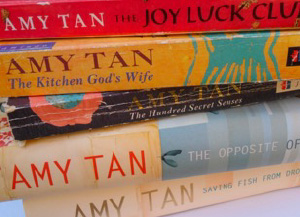
OTHER WORKS BY AMY TAN
- The Valley of Amazement
- The Bonesetter’s Daughter
- The Hundred Secret Senses
- The Moon Lady
- Saving Fish from Drowning


